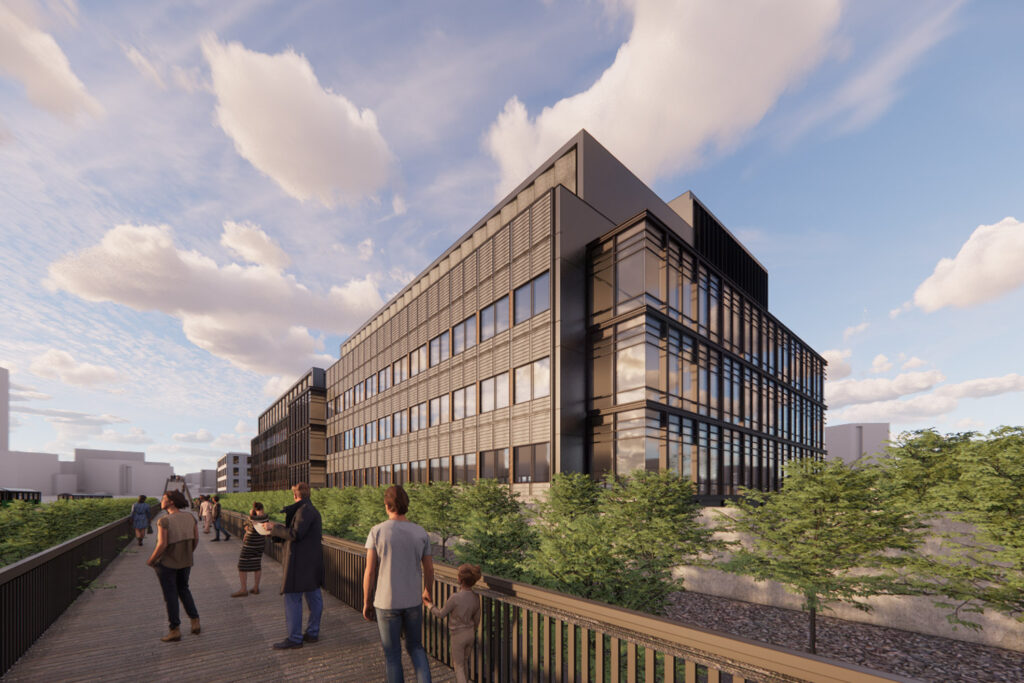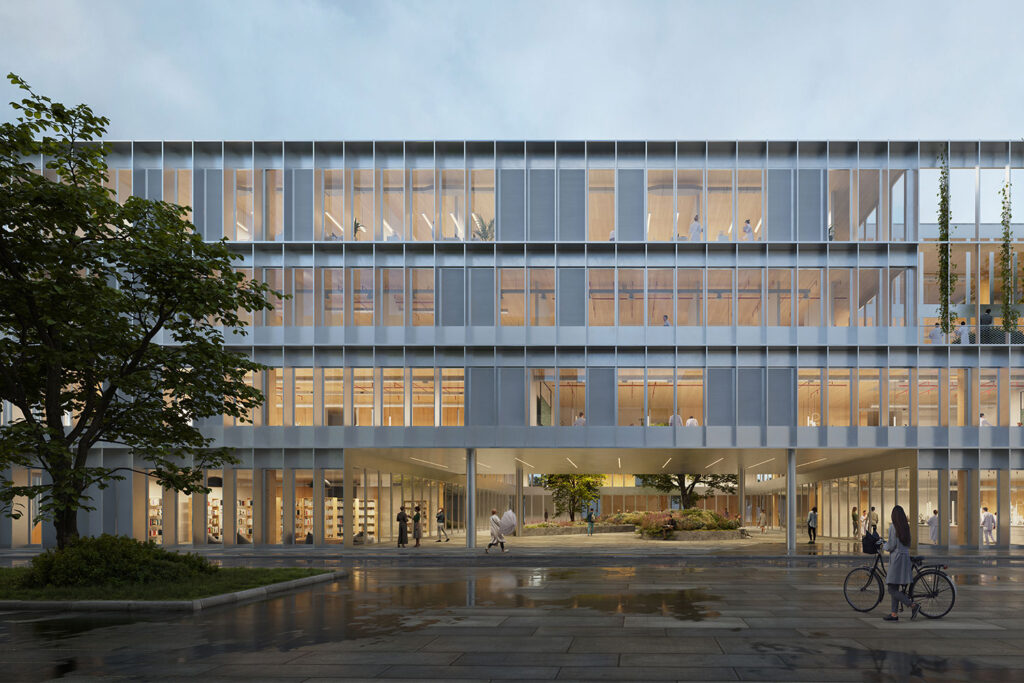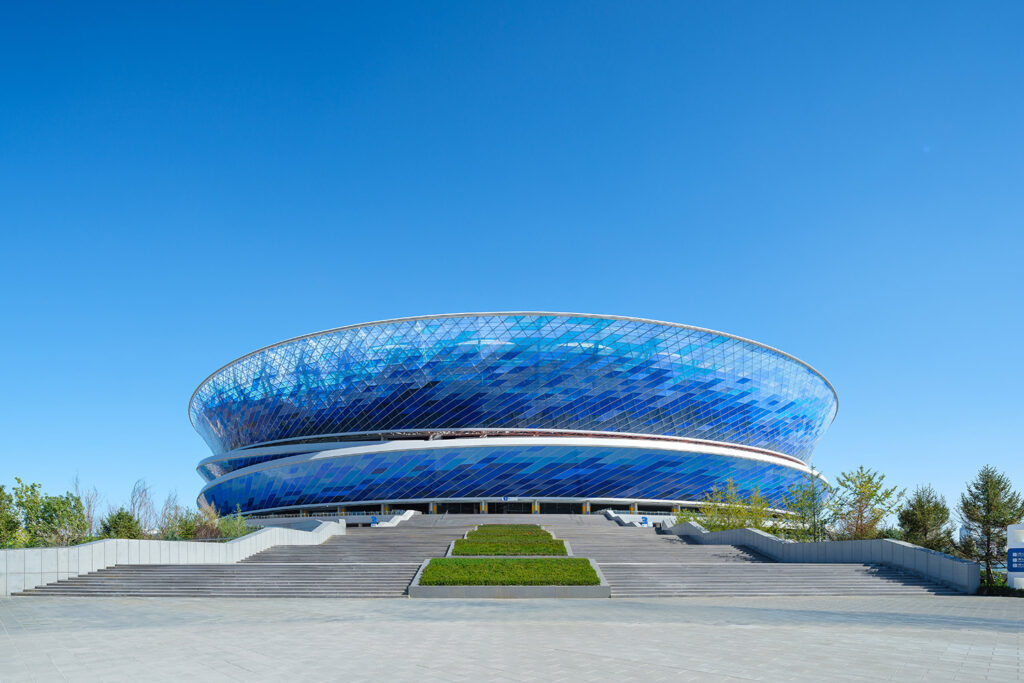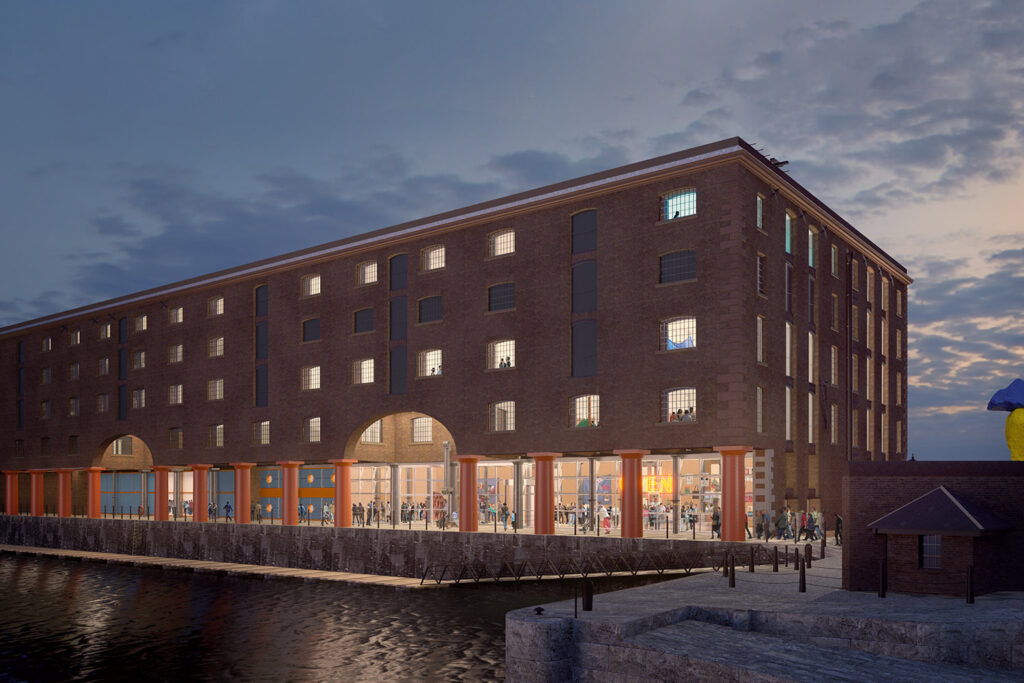Event Recap: Visual distortion in Architectural Glazing Masterclass
In May 2023, our experts led a masterclass on the top considerations around glass aesthetic perception, covering a new tool to support decision-making and early discussion of aesthetic risks.
The visual flatness of glass has been a debate between clients, contractors, and specifiers for some time. To mitigate the risk of the impact on the appearance of glass facades, samples, mock-ups, and factory quality control can be used. If distortion does occur it can be costly both in finance and time.
Our expert knowledge of visual distortion and digital prototypes is available in more detail in our 2021 whitepaper. You can find the three key takeaways from Tommaso and Claudio’s masterclass below.
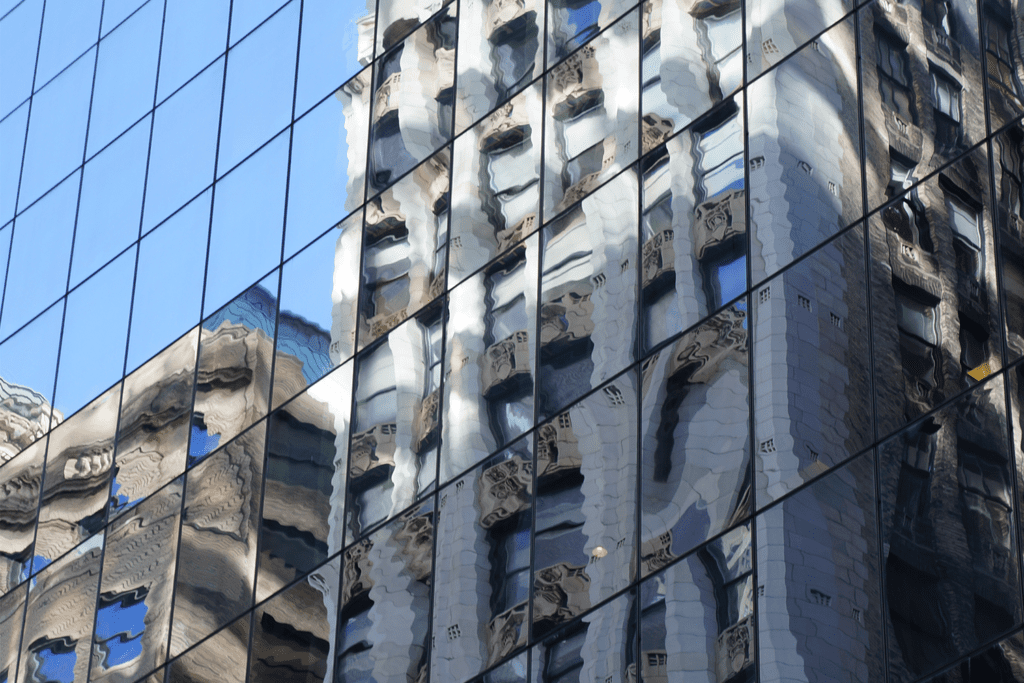
Our Experts
- Claudio Marini, Facade Engineer
- Tommaso Crippa, Senior Facade Engineer
What did we learn?
1. The importance of visual quality in architectural glazing and of early engagement between stakeholders
The increasing structural, thermal, security and safety requirements for glass design have introduced glass manufacturing processes that affect the flatness and visual transmission/reflection of architectural glazing. The resulting visual distortions can be noticeable, not aesthetically pleasant, and disturbing to people interacting with the façade. These distortions can be minimised and controlled during the design, specification, and manufacturing processes, but can’t be completely avoided. Early engagement between stakeholders, including Clients, Specifiers, Contractors and Manufacturers is crucial to ensuring visual quality in architectural glazing meets expectations
2. The most common visual distortions arise from thermal treatment, lamination, and insulated glass units and are exacerbated by very reflective coatings
Visual distortions arising from heat-treatment processes, such as roller waves and lensing out-of-phase, can significantly impact the aesthetic quality of a project. These distortions become more pronounced when glass panes are laminated in multiple layers. Another type of visual distortion is known as pillowing, which occurs due to the expansion and contraction of the volume of gas included in the cavity of insulated glass units (IGUs). These distortions are often caused by environmental factors and are typically identified only after the glass has been manufactured or installed. Very reflective glass coatings can exacerbate the defects, as the distorted reflected images are more visible.
3. Digital prototyping of architectural glazing can help mitigate the impact of glass defects, together with more traditional quality control procedures and tools
Predictive physically-supported images can be produced through digital prototyping to close the gap between the expectation and reality of architectural glazing. The tool performs multiple iterations, exploring numerous opportunities to achieve a more precise design in terms of both the appearance and performance of glazing. It also allows for faster and earlier convergence of the design process to achieve the best solution, limiting the need for large-scale mock-ups and the associated cost and embodied carbon emissions. This new tool can be introduced earlier in the design/procurement process, compared to physical mock-ups, to support the decision-making and early discussion of aesthetic risks.






